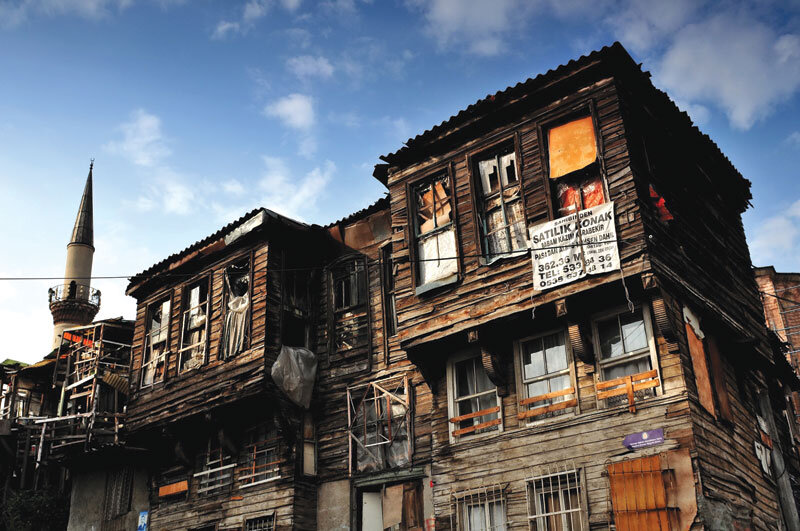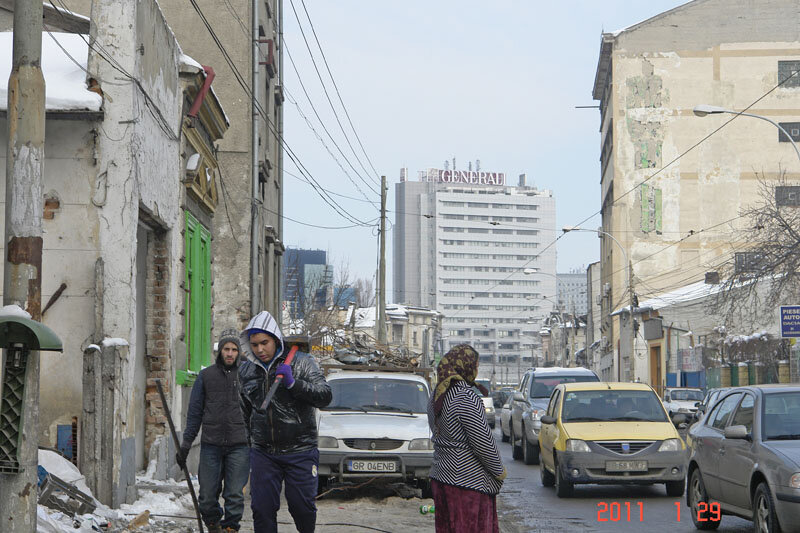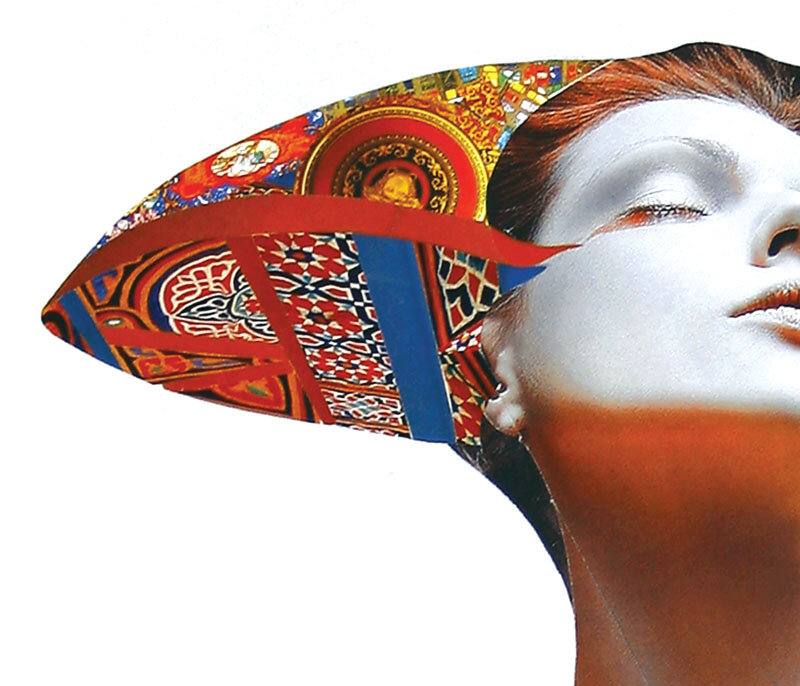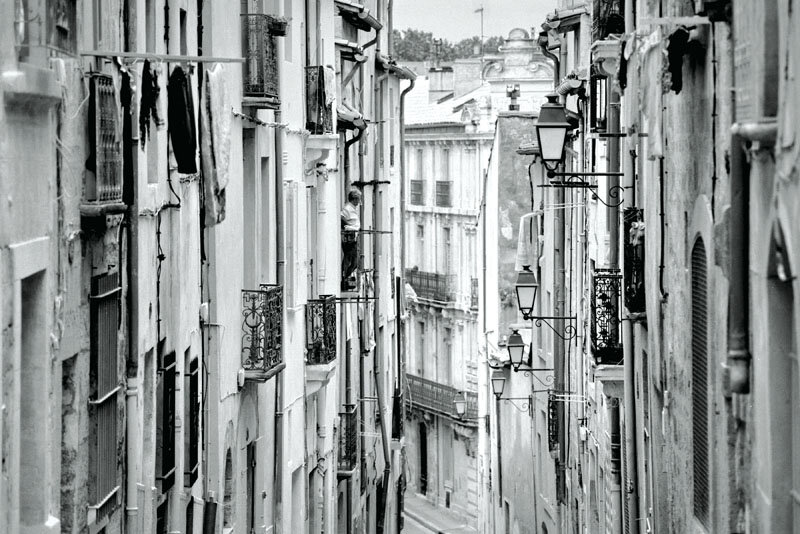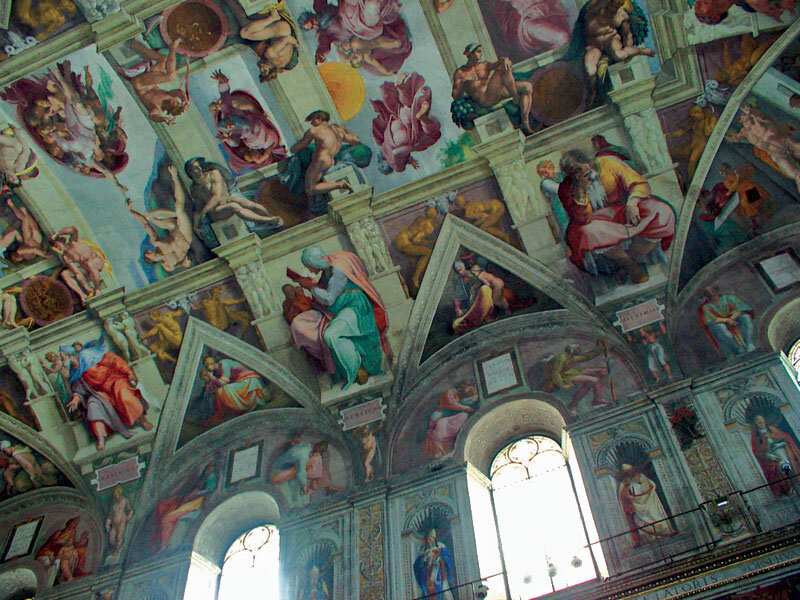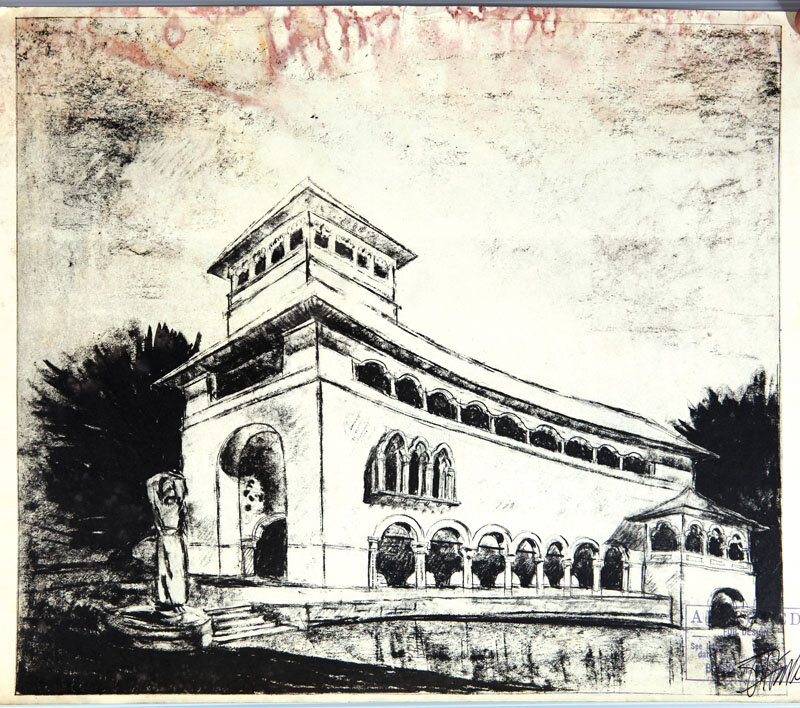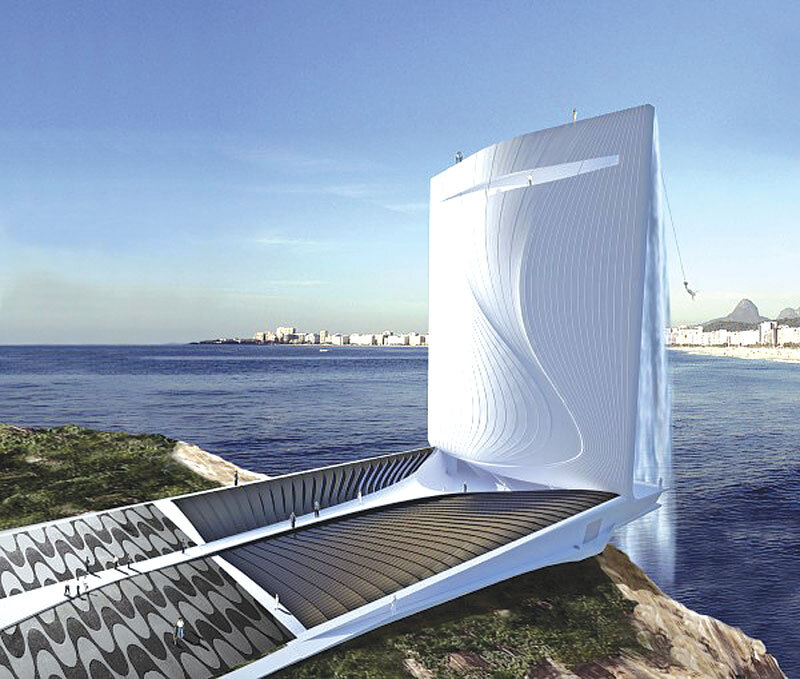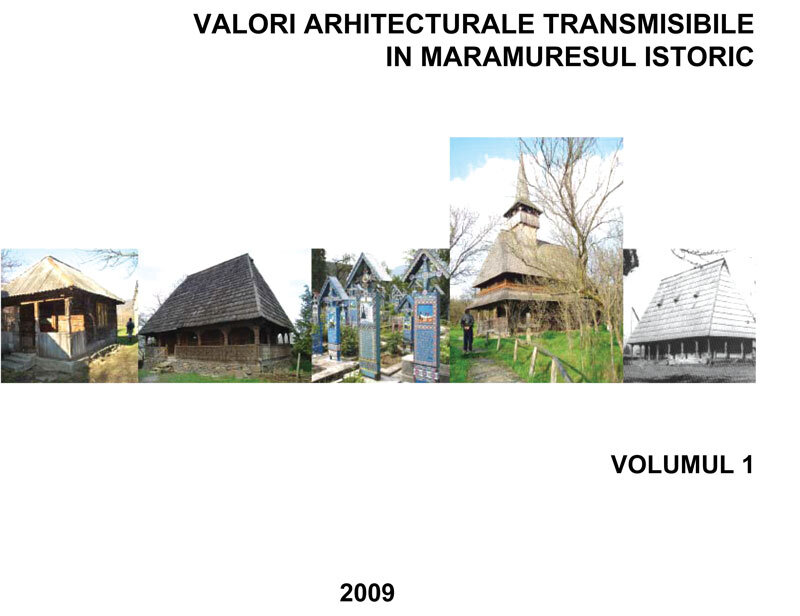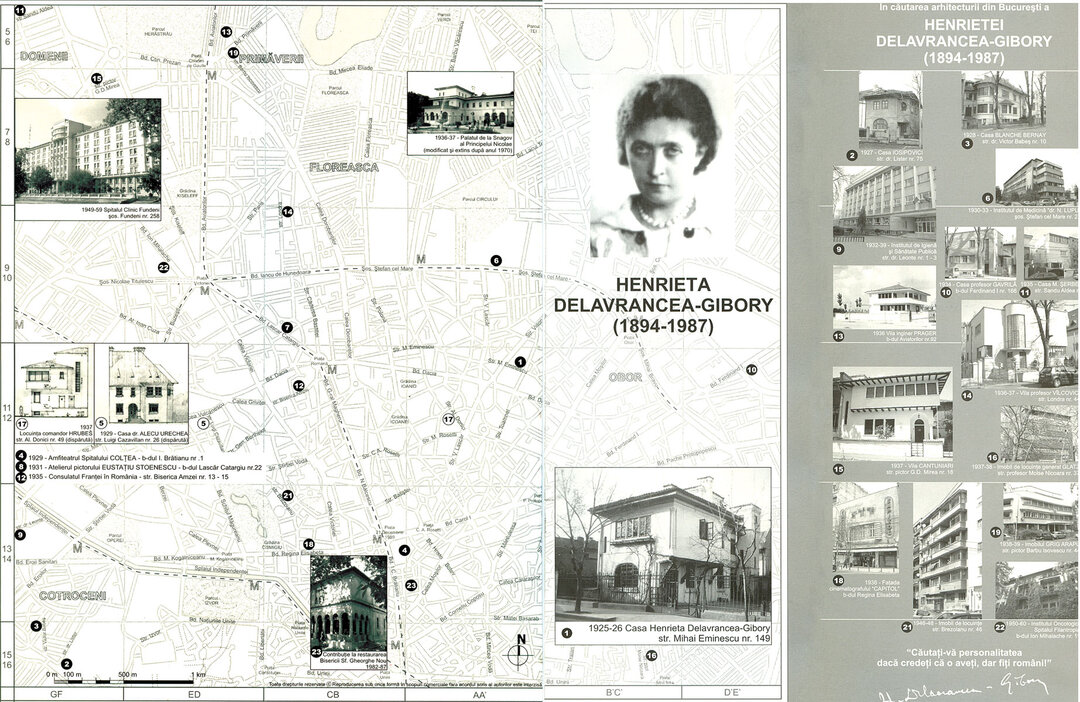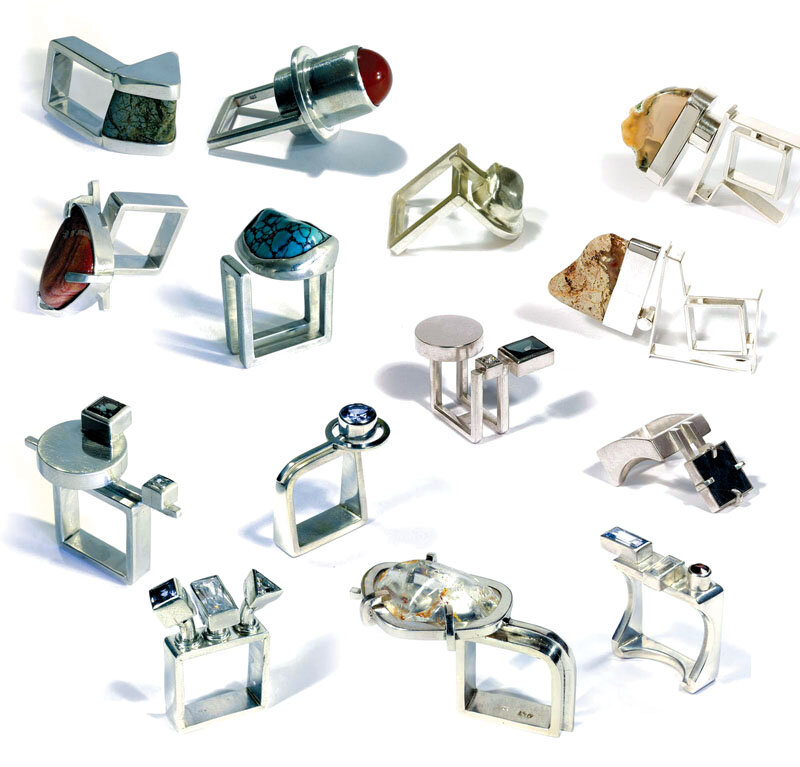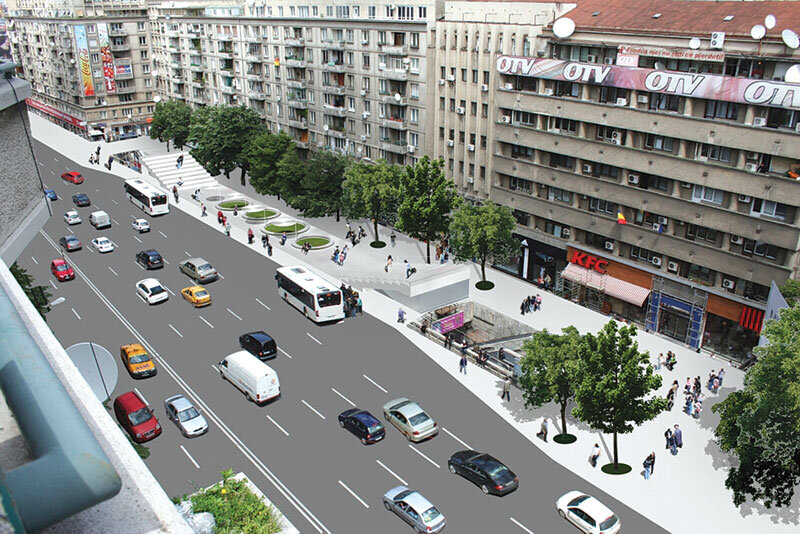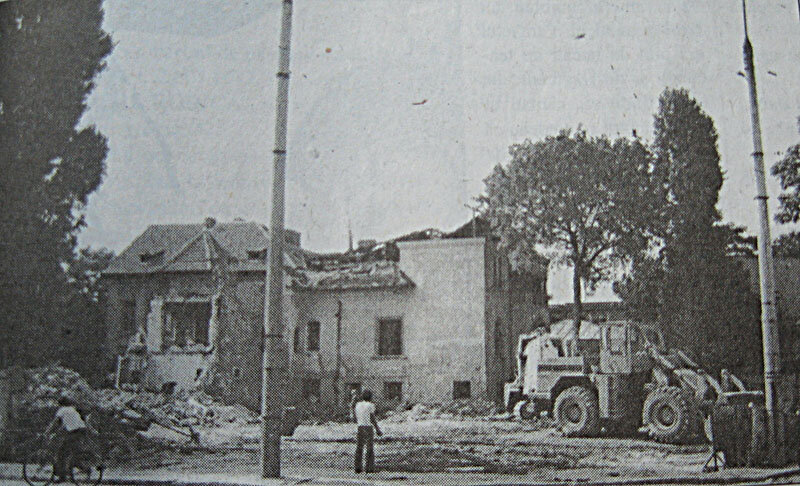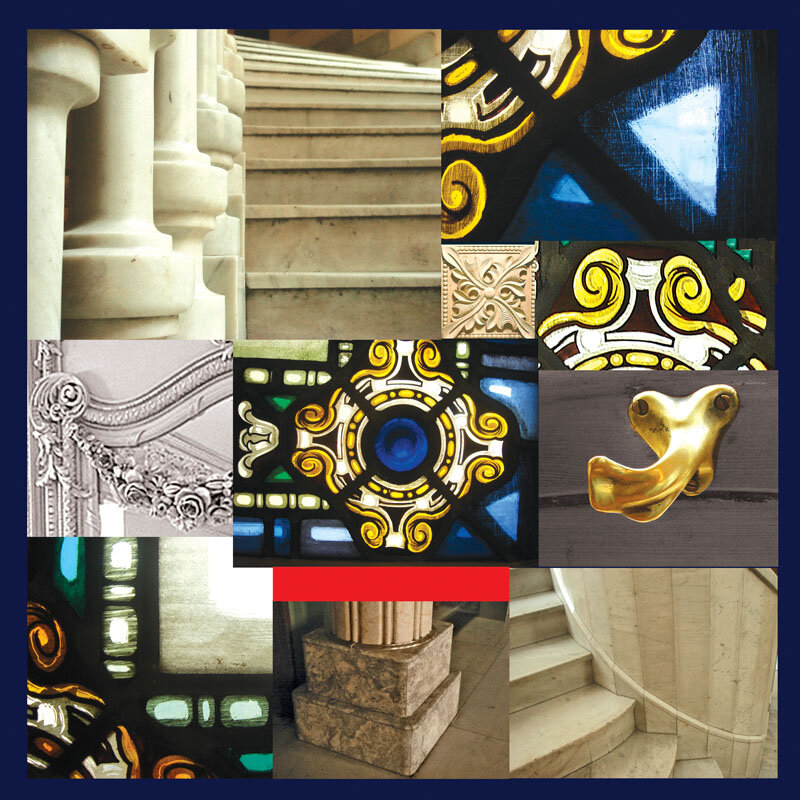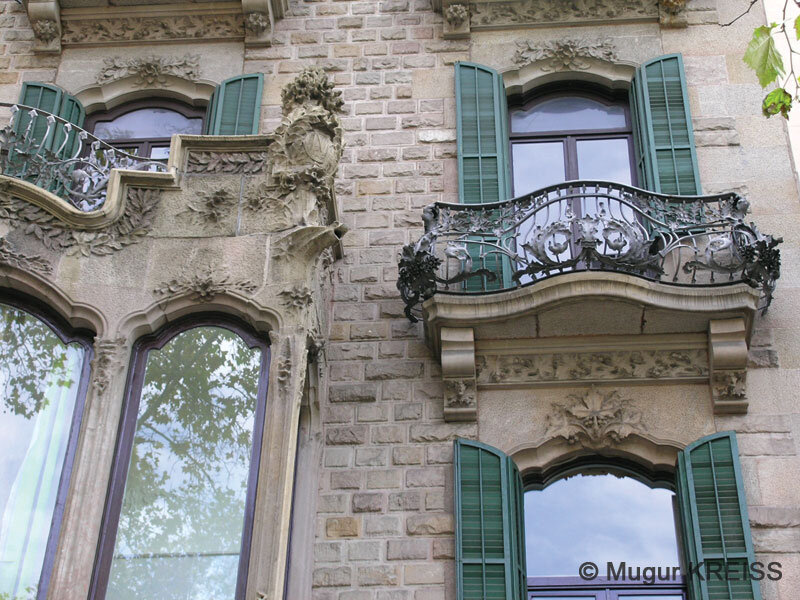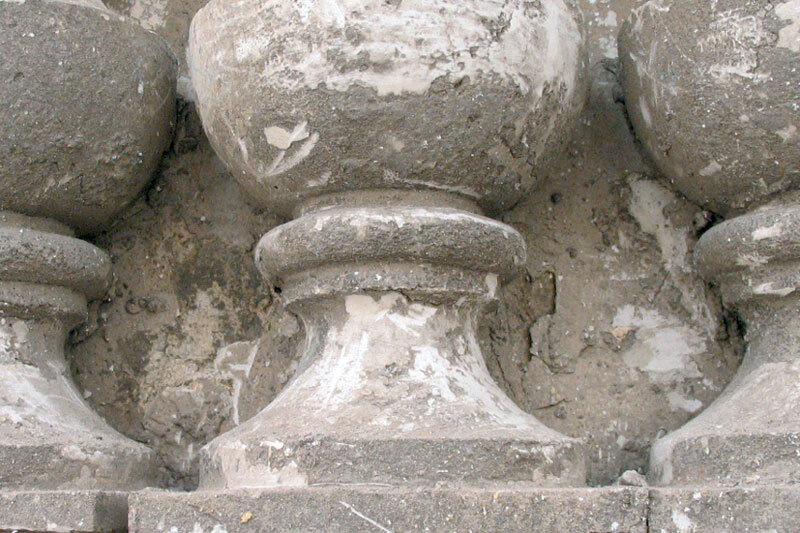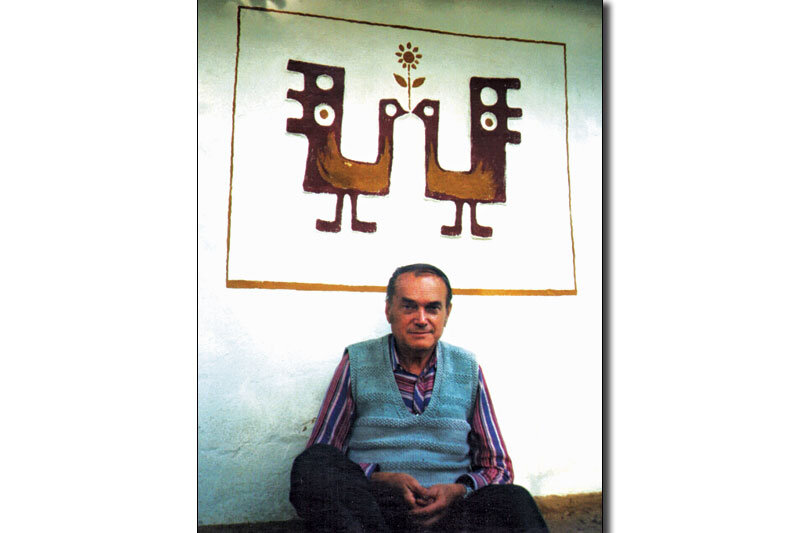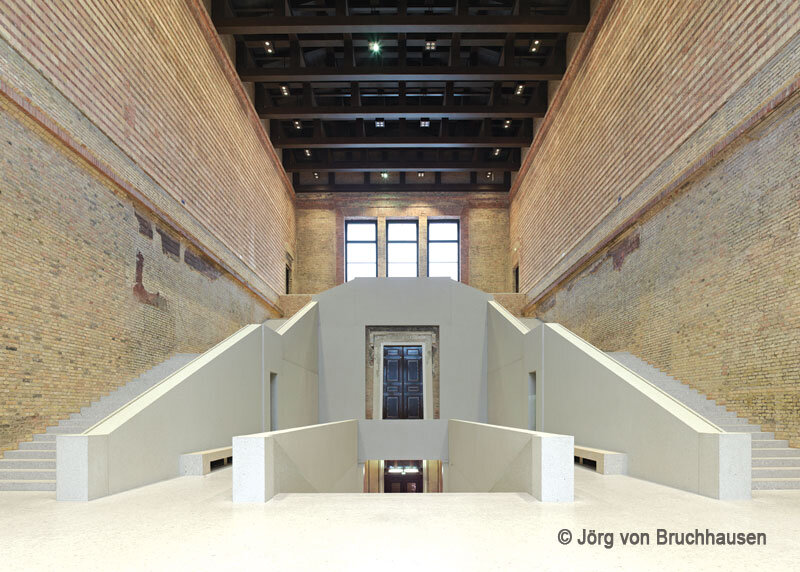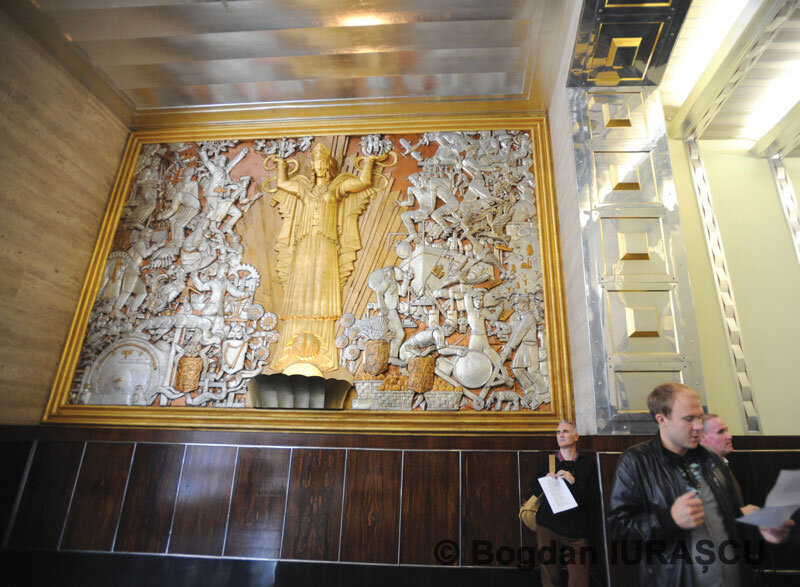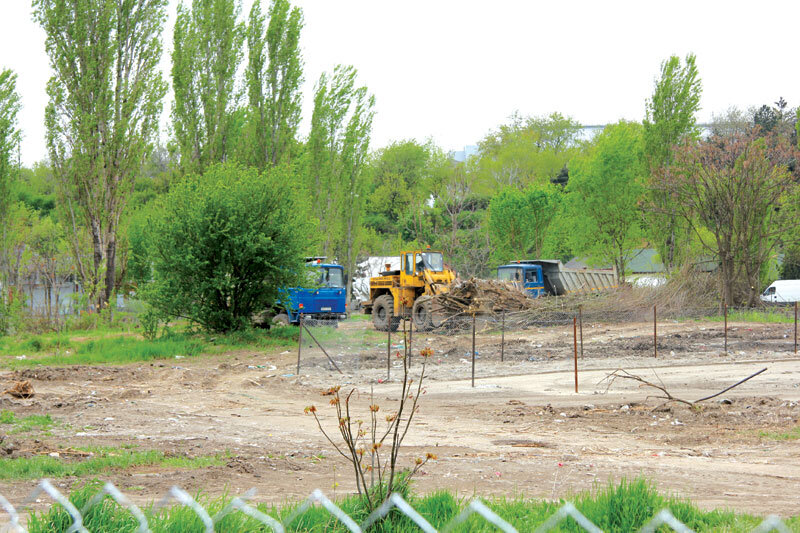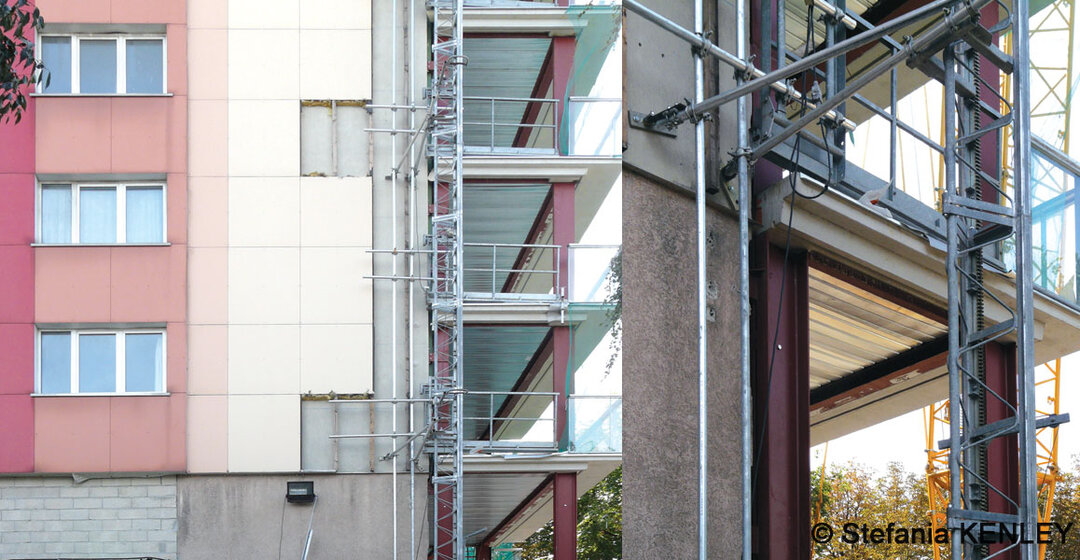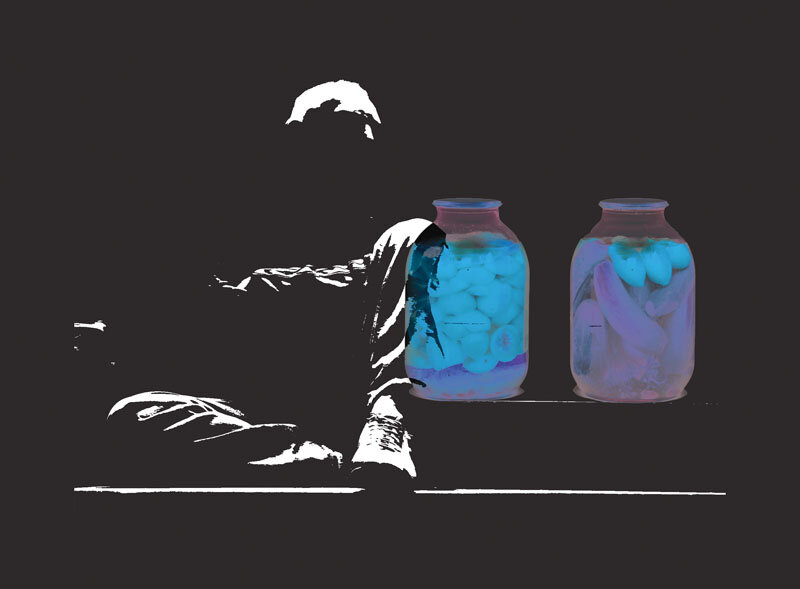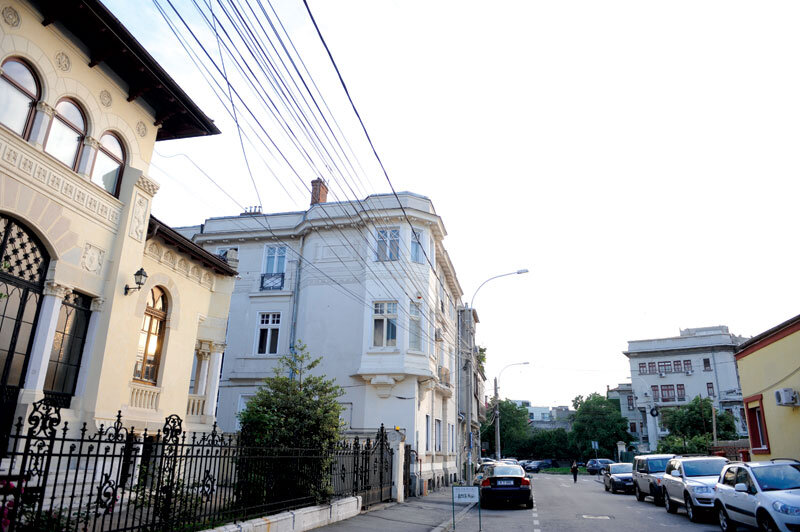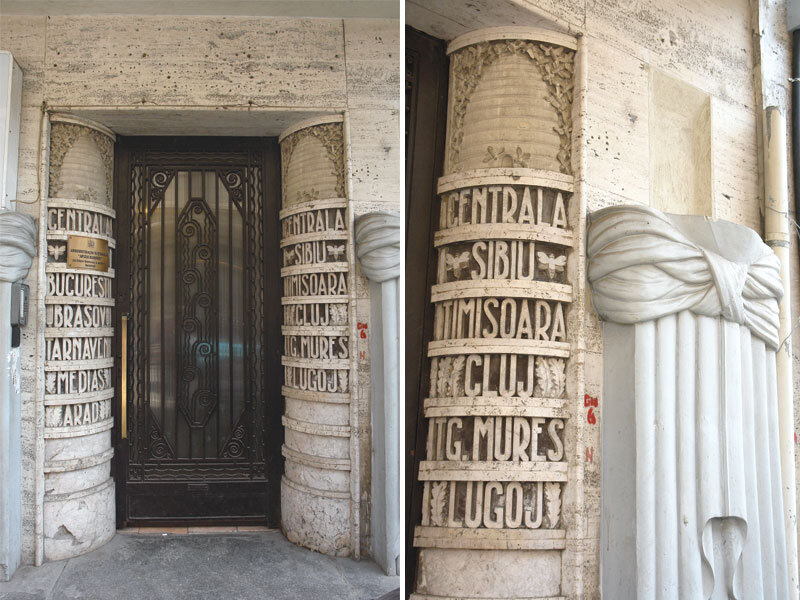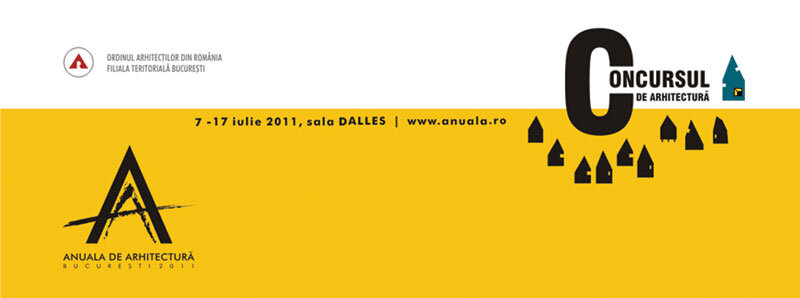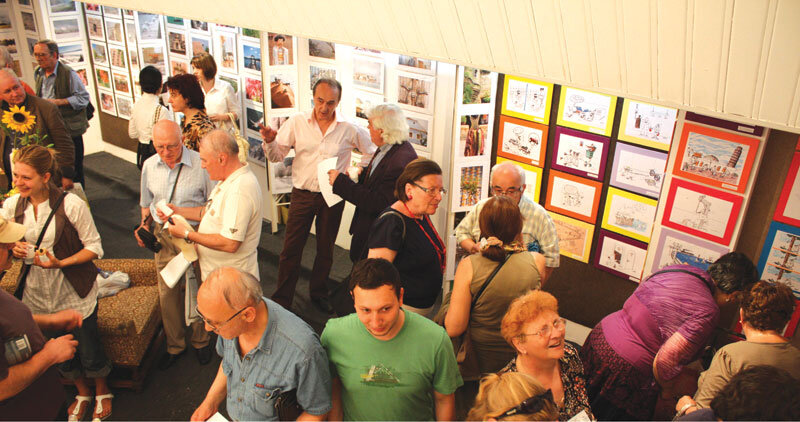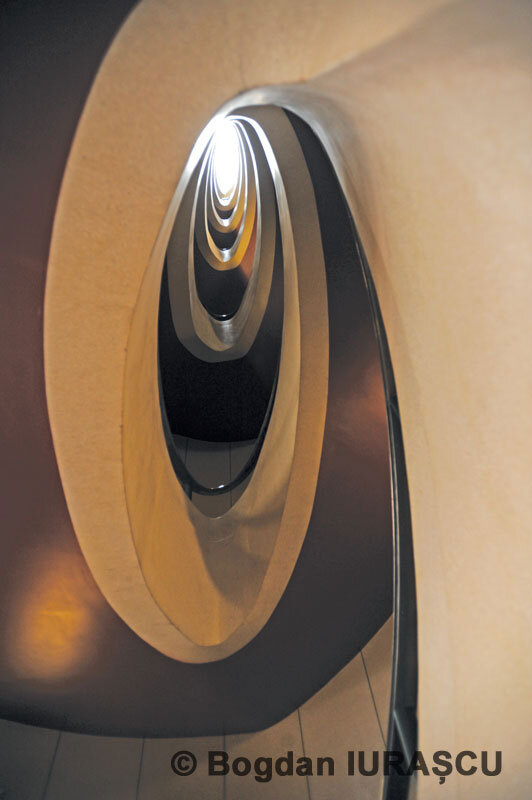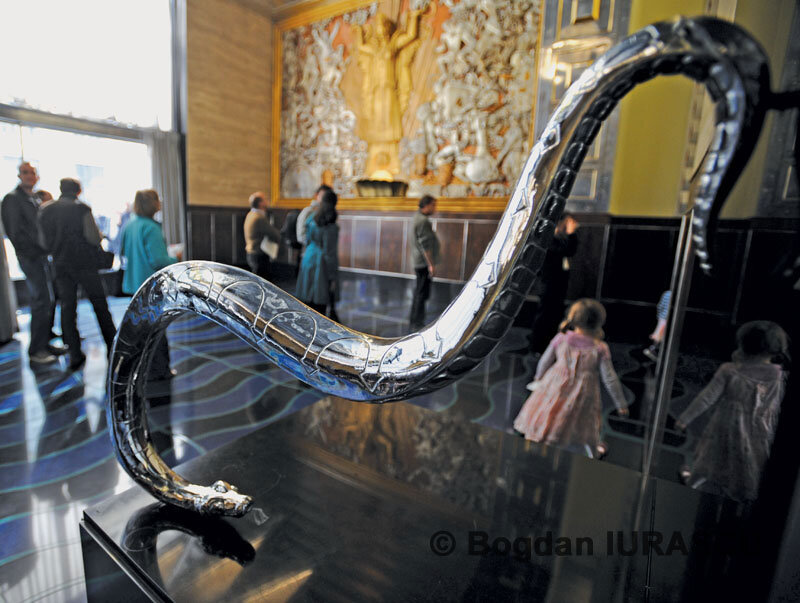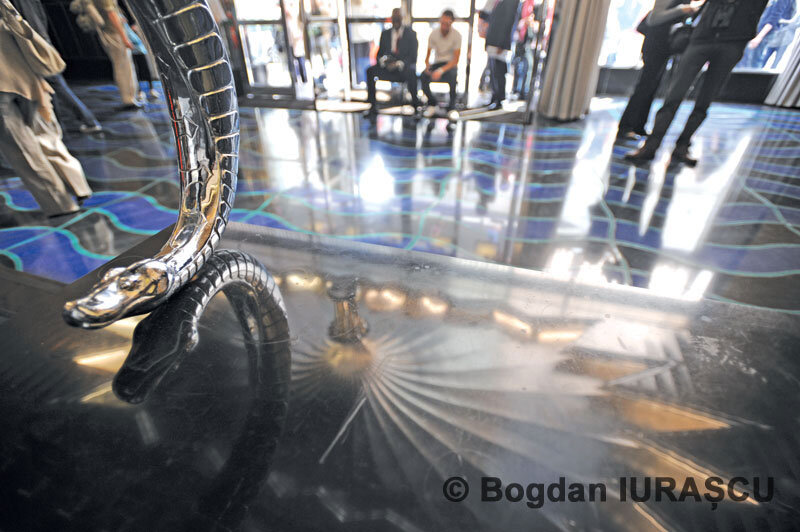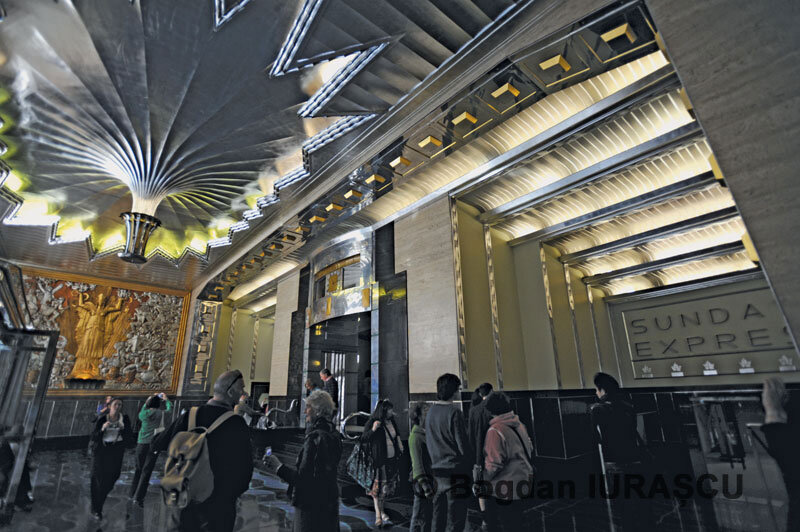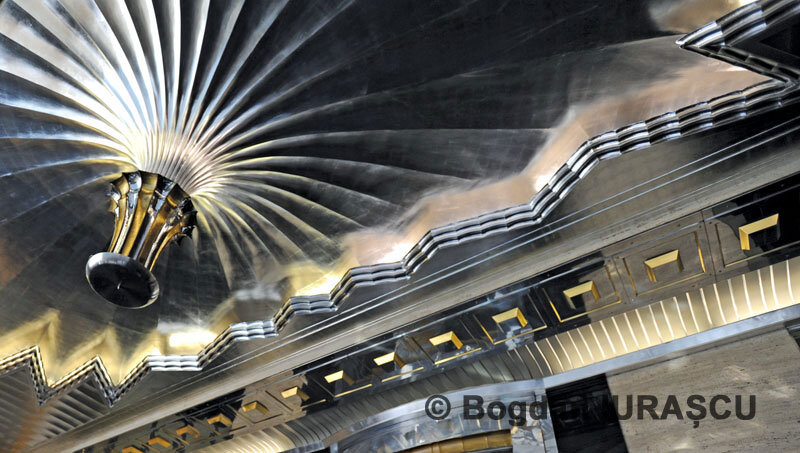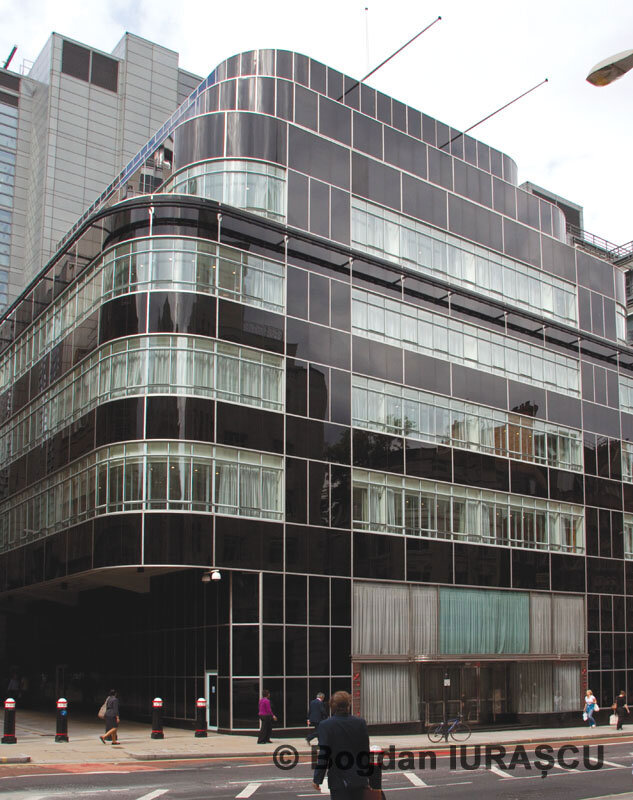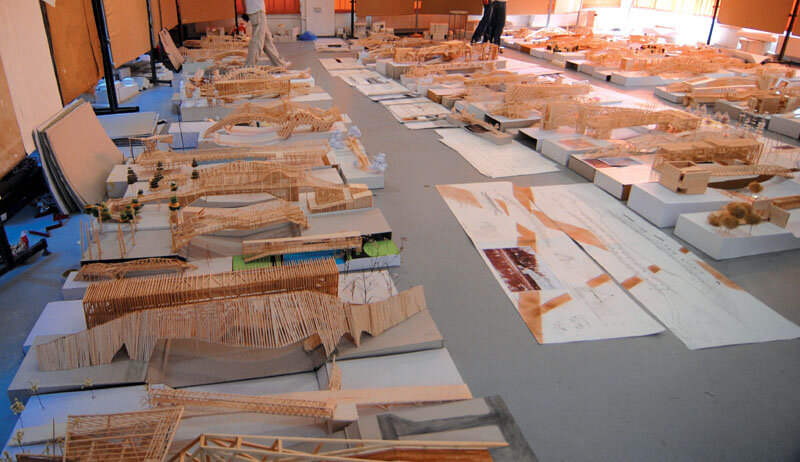
Daily Express Art Deco
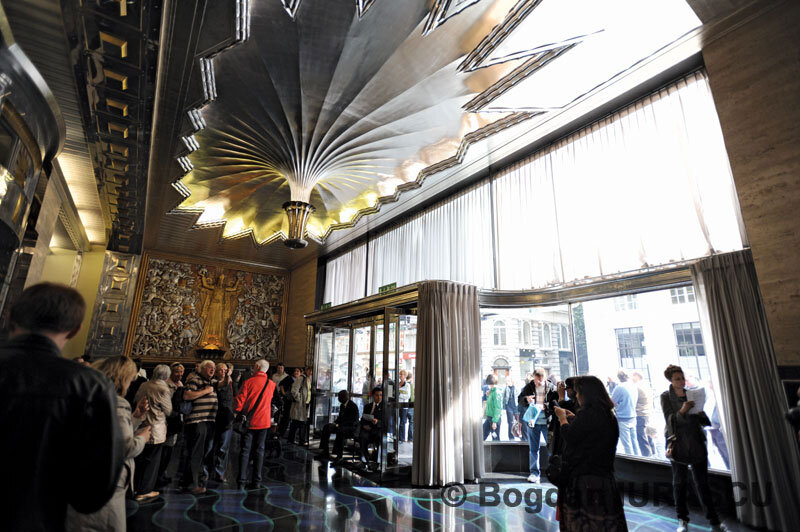
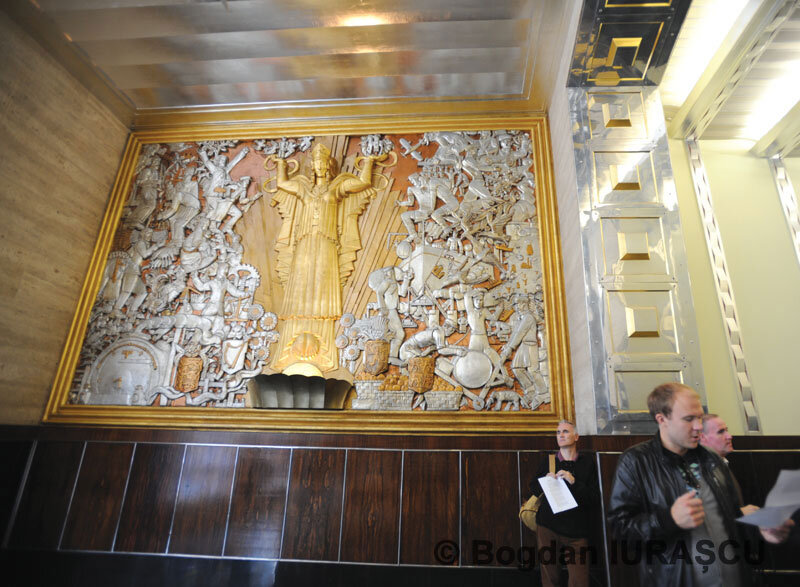
"All this production, intended to give the illusion of luxury and brilliance, corresponds, like the mirage of the screen or the lavish magazine shows, to a need to escape from reality" Mihaela Criticos
| At the beginning of the 20th century, Fleet Street in London was the place where the pulse of events was felt, as all the major British daily newspapers had their editorial offices. The Daily Express was located at number 120, in a building built to house the newspaper. One of the most important examples of Art Deco, the Daily Express building in London retains its modern feel to this day, built between 1930-32 by Sir Owen Williams (1890-1969). The entire exterior is covered with black vitrolite panels and clear glass, firmly demarcated by chrome strips. Vitrollite, a material used in the 1930s, is an opaque glass whose grooved interior surface allows it to be fixed to supports.The interior decoration was designed by Robert F. Atkinson, who gave the foyer special attention. Atkinson used both hard, precious or shiny materials and the effects of direct or reflected light for this space. All the play of reflection on different types of surfaces is not accidental, but carefully considered. The foyer of the Daily Express building is unmistakable, Atkinson has combined ceramics of different colors, marble, travertine, wood and metal in a collage of motifs of the deco aesthetic.The foyer is divided into several registers by the varied arrangement of textures and colors. The floor is covered with undulating ceramic tiles in blue, green and black, while stone wall tiles -travertine and black marble- enliven the space. The artificial lighting elements are contained in a continuous grid, integrated into an ornamental system. The geometry of the continuous recesses and light slits is the main means of shaping and personalizing this space, which Robert Atkinson exploits with his characteristic verve. Strips unify the ceiling and walls. The play of silvered and gilded metallic finishes with all the other textures multiplies the effects of light. Of the metallic surfaces, the most spectacular is the pendant lamp. The two allegorical relief representations reflecting symbols of progress are the work of Eric Aumonier, while the furniture was designed by Betty Joel. Bibliography Art Deco or Modernism well tempered, Mihaela Criticos, ed. Simetria, Bucharest, 2009 |
| The Daily Express Building, known as 120 Fleet Street is a Grade II listed building.Owen Williams proposed a reinforced-concrete frame with larger spans, which appealed to the newspaper owners on practical grounds. Pilkington had introduced the opaque and shiny black Vitrolite. The Vitrolite cladding with thin metal jointing produced a sensation at the time, and did not suffered the weathering problems of other new materials. The Daily Express owners were delighted that they commissioned Williams to design two further buildings for them, whitout the Vitrolite used to clad and emphasize a regular frame.The lobby, designed by Robert Atkinson, includes plaster reliefs by Eric Aumonier, silver and gilt decorations, a magnificent silvered pendant lamp and an oval staircase. The furniture inside the building was designed by Betty Joel. |
|
"The tactile pleasure of playing with materials and the voluptuousness of contemplating them are part of the slightly superficial brilliance that Art Deco aesthetics offer to a world that has learned to cherish the moment. Likewise, materials that suggest solidity and durability (metal, marble, granite, stone) or crystalline hardness and resistance to corrosion (reflective glass surfaces, glazed ceramics, mosaic, enamel) are used as a symbol of a foothold for the instability of the times." Mihaela Criticos |

